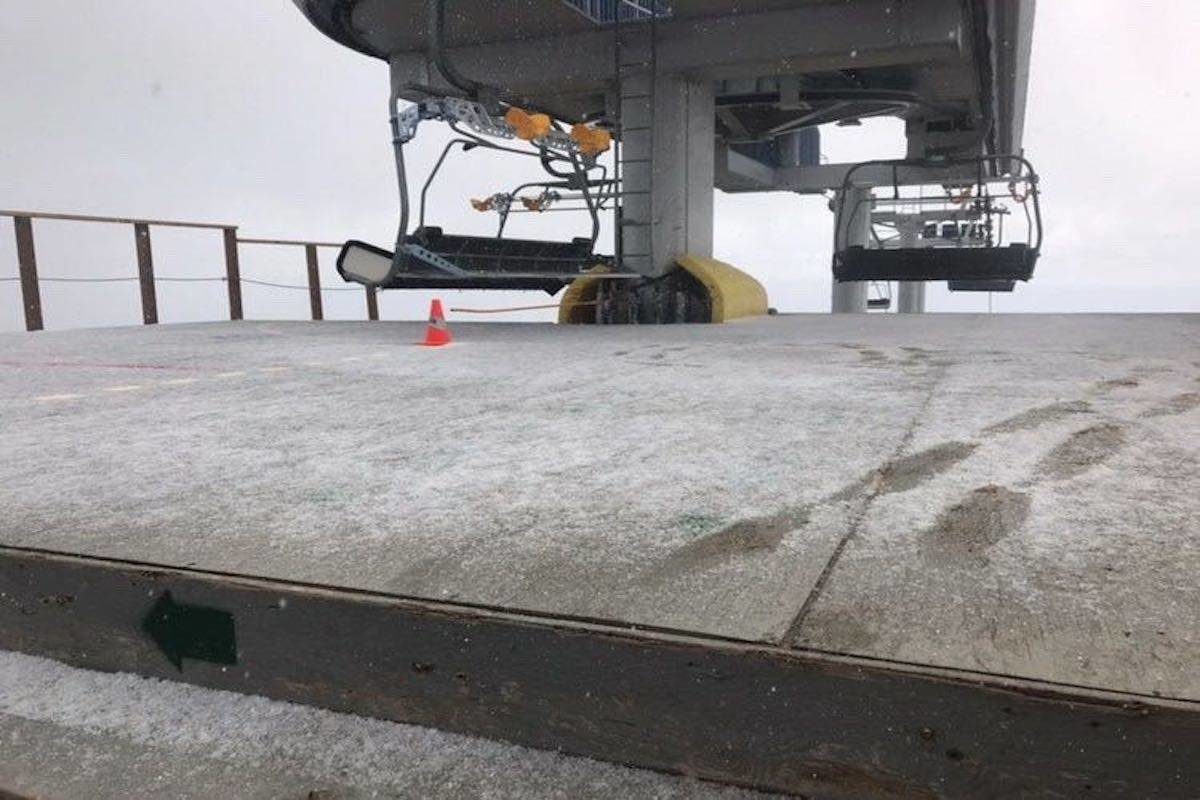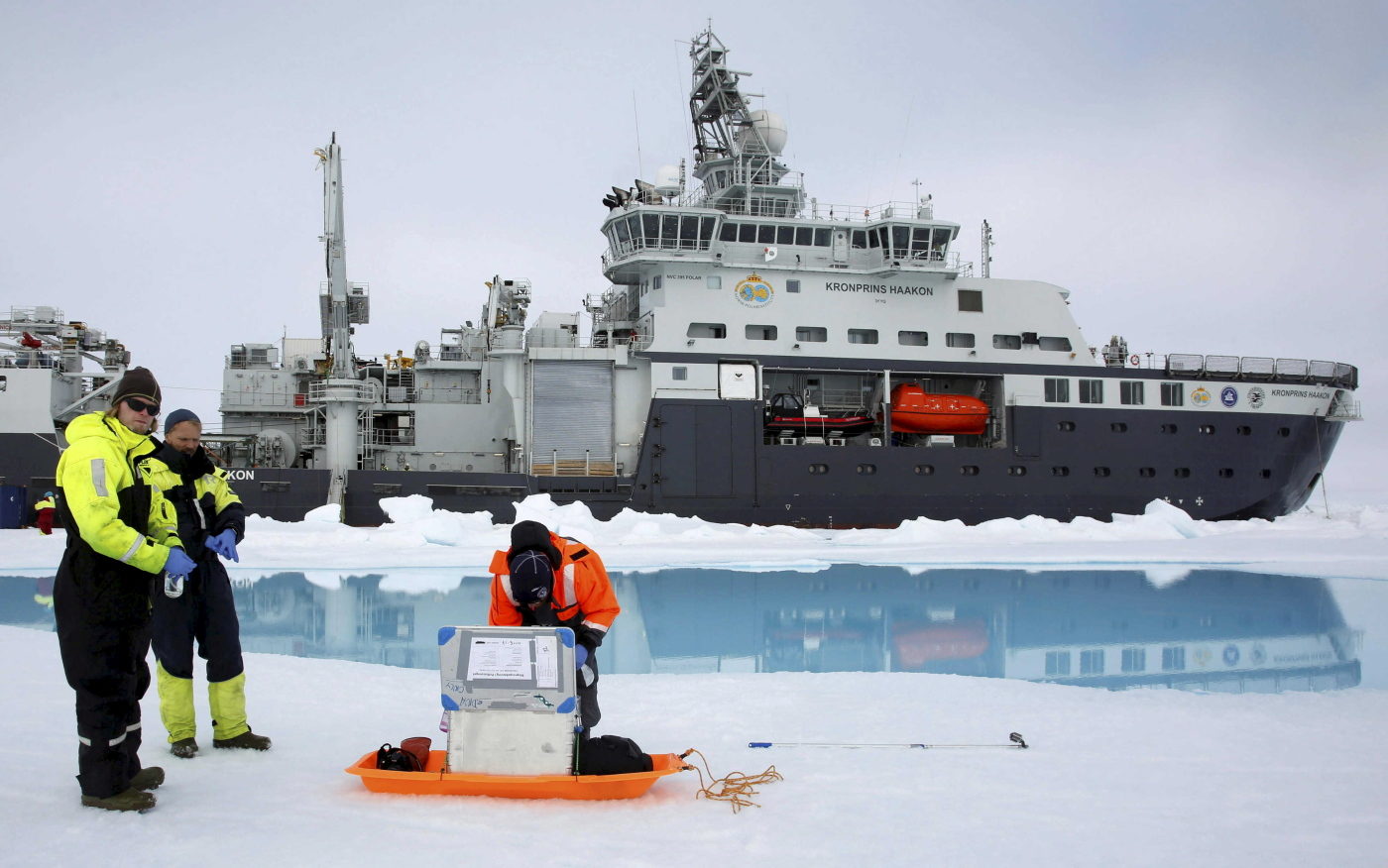Temperatures across the majority of Europe have remained well-below average for July as a string of Arctic blasts
continue to pummel the continent. Vast regions are seeing temperature departures of up to 20C below average, sending all-time cold records tumbling.
Northwest Russian is the latest region to see low temperature records fall.
A long-lasting cold advection is bringing temperatures down to -1C (30.2F) at an altitude of 1.5 km which, according to
meteonovosti.ru,
"happens very rarely in the summer months".
On Friday, July 12, and back down at
normal mercury reading altitudes,
new record low temperatures were observed across Northwest Russia, including in the regions of Karelia, Leningrad, Vologda and Kostroma:


Comment: Earlier this year a LA to London flight broke a speed record due to a furious jet stream. A couple of years ago scientists reported that Northern Hemisphere jet streams crossed the equator and linked with others in the south. Last year other scientists said a fluctuating jet stream may be causing extreme weather events.
A recent study predicts the next solar cycle phase will bring on a 'Mini Ice Age' as early as 2020, as according to the models, there will be a "huge reduction" in solar activity for 33 years between 2020 and 2053. This will cause global temperatures to decrease drastically. Meanwhile NASA predicts the weakest solar activity in 200 years.
Jet Stream meanderings, and much more, are explained by Pierre Lescaudron in his book Earth Changes and the Human Cosmic Connection: